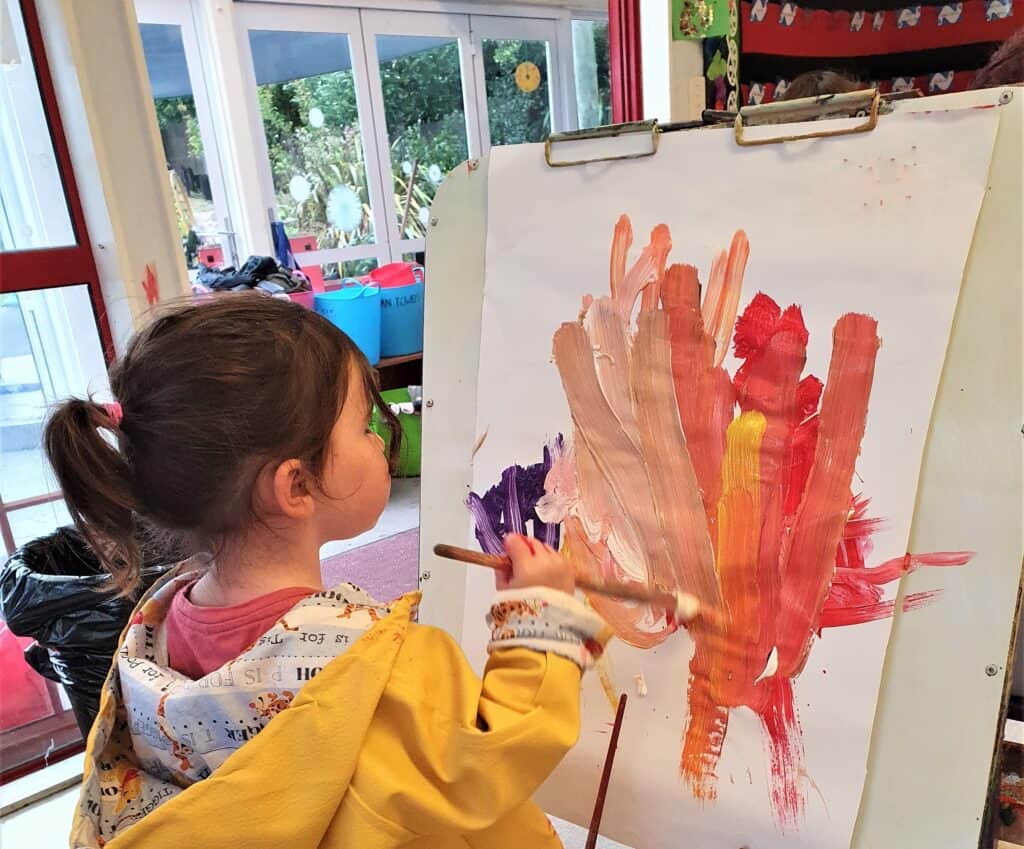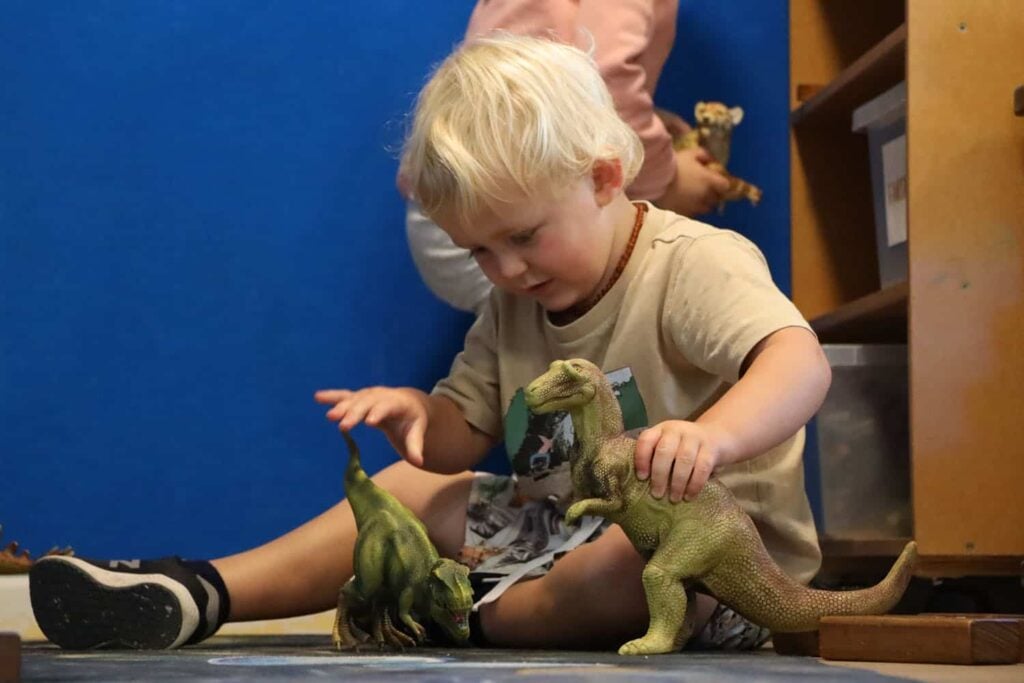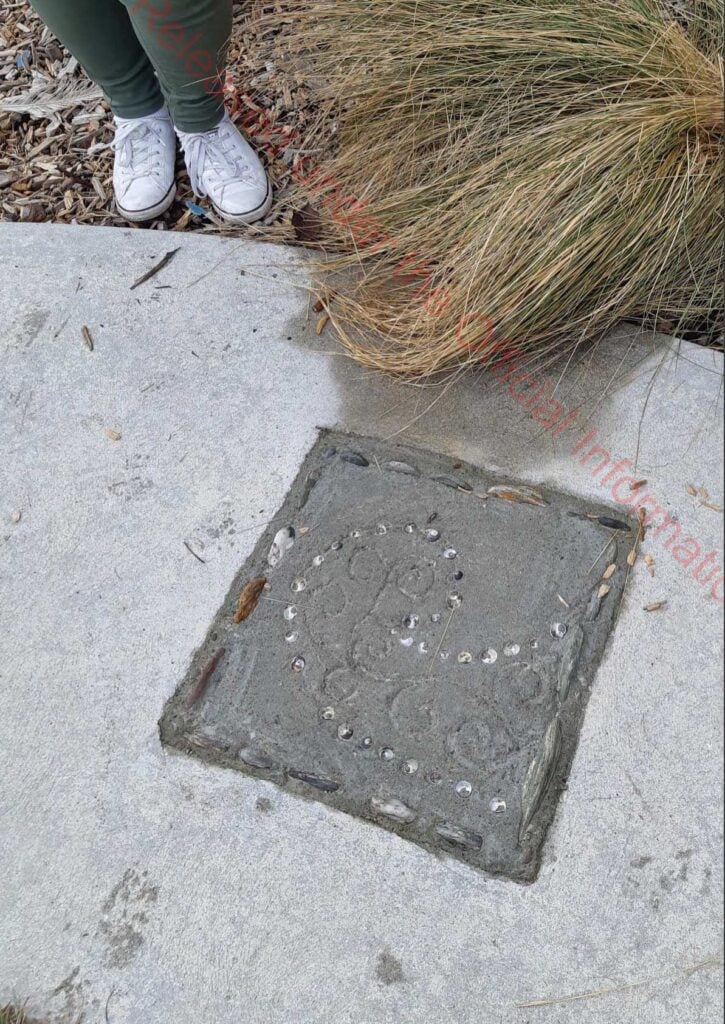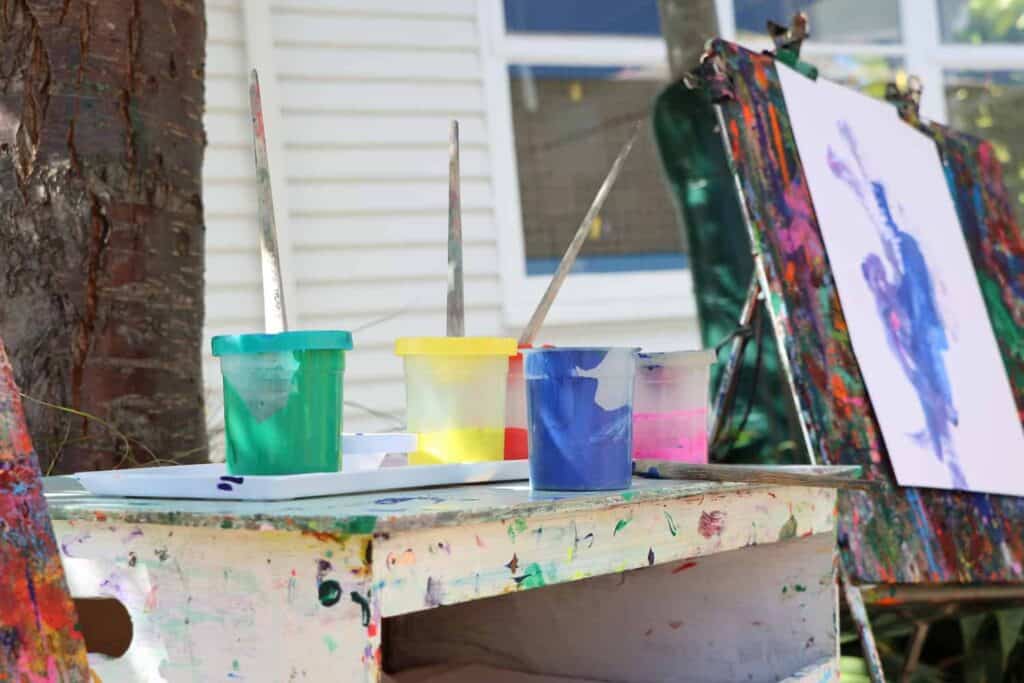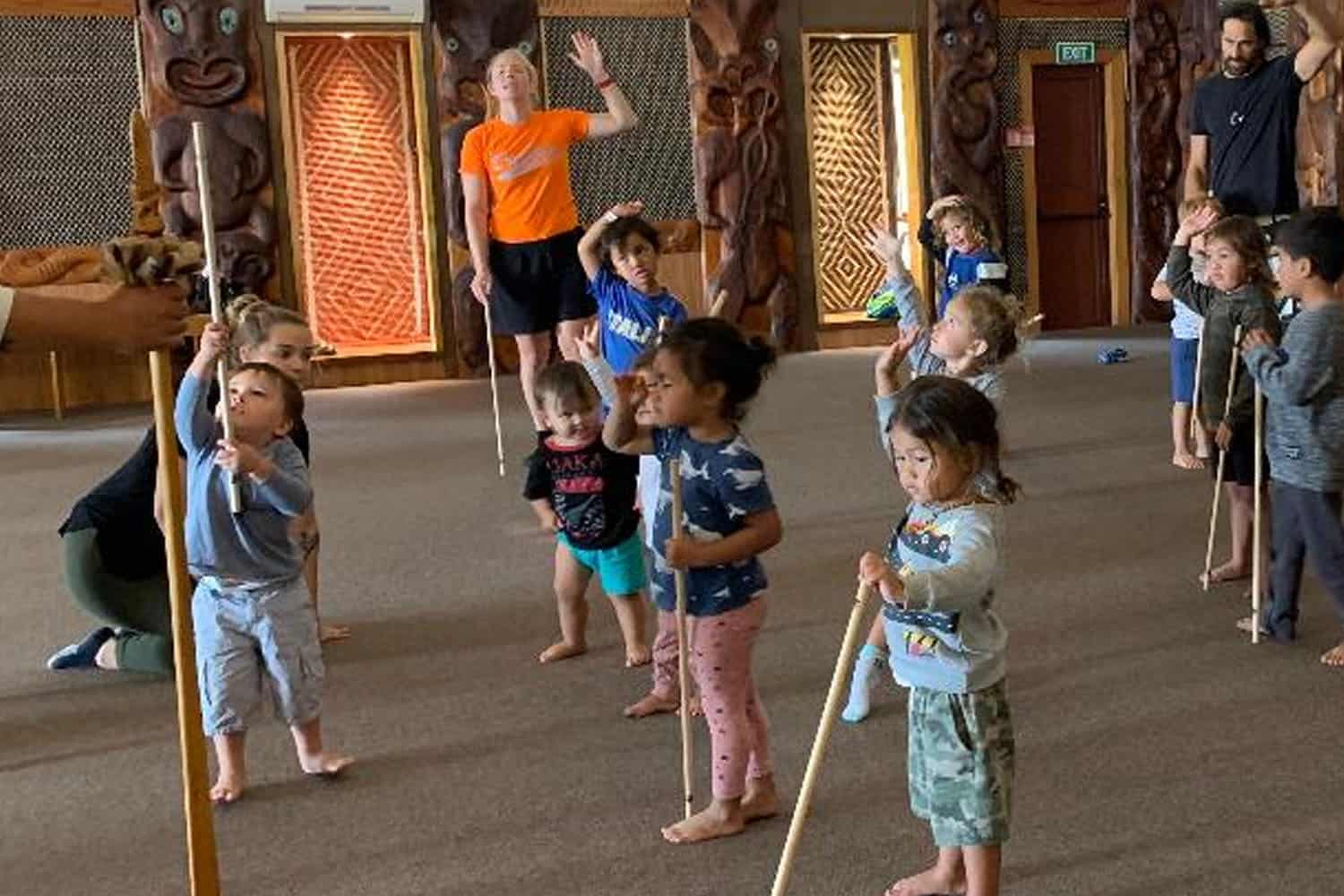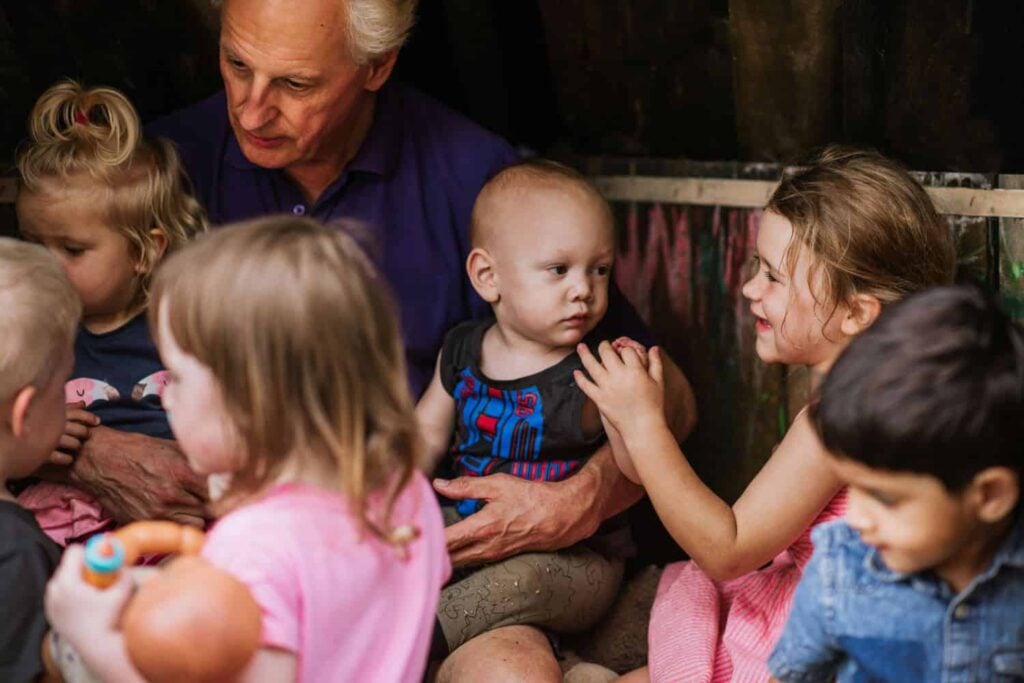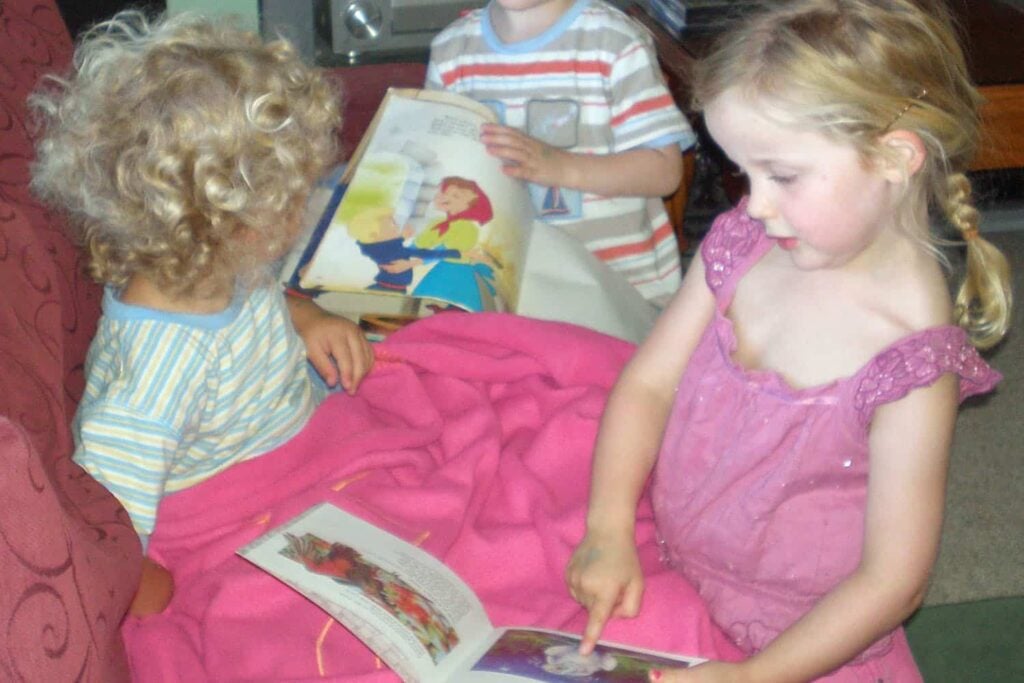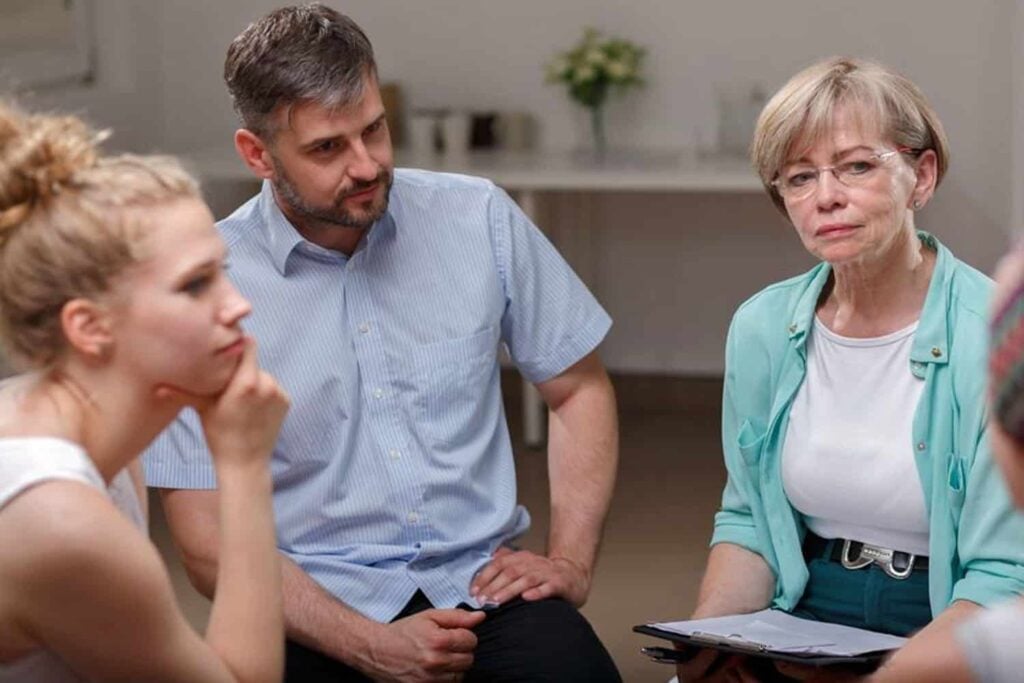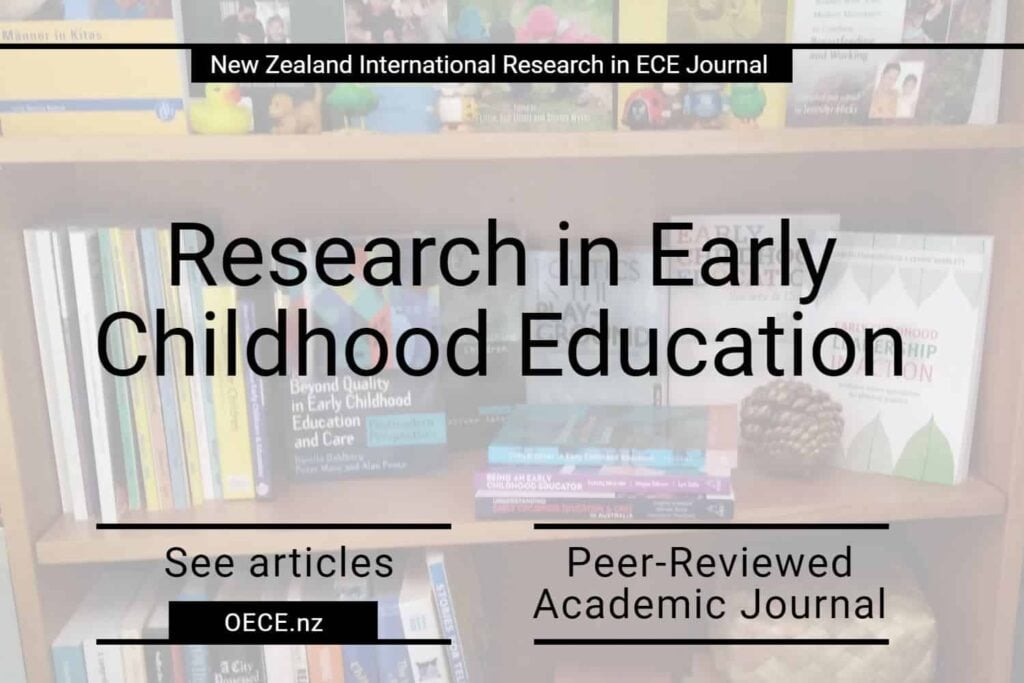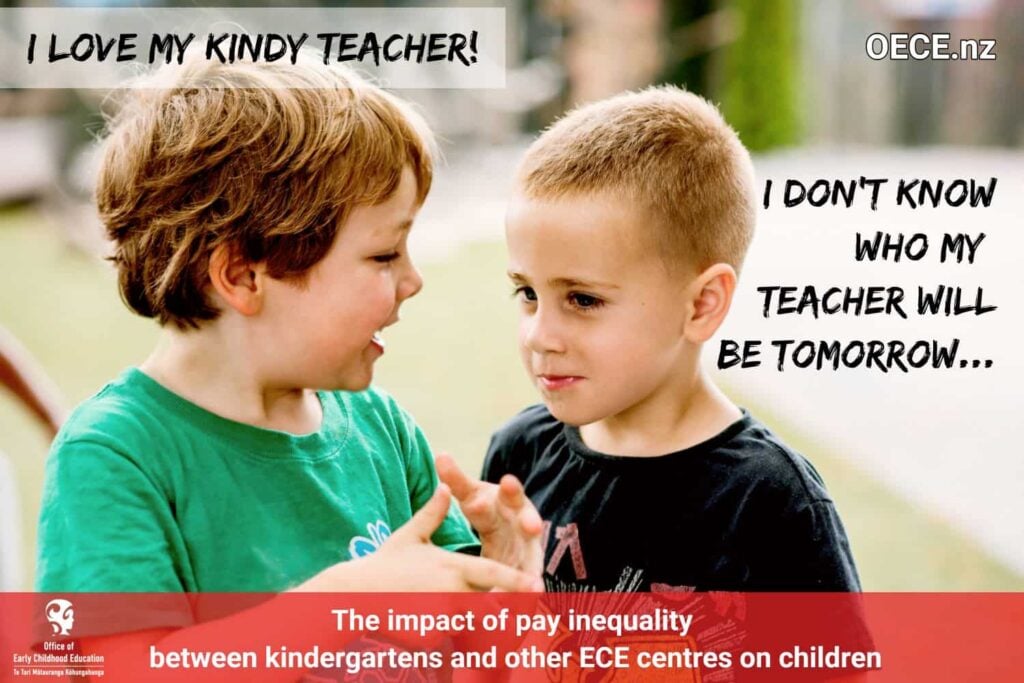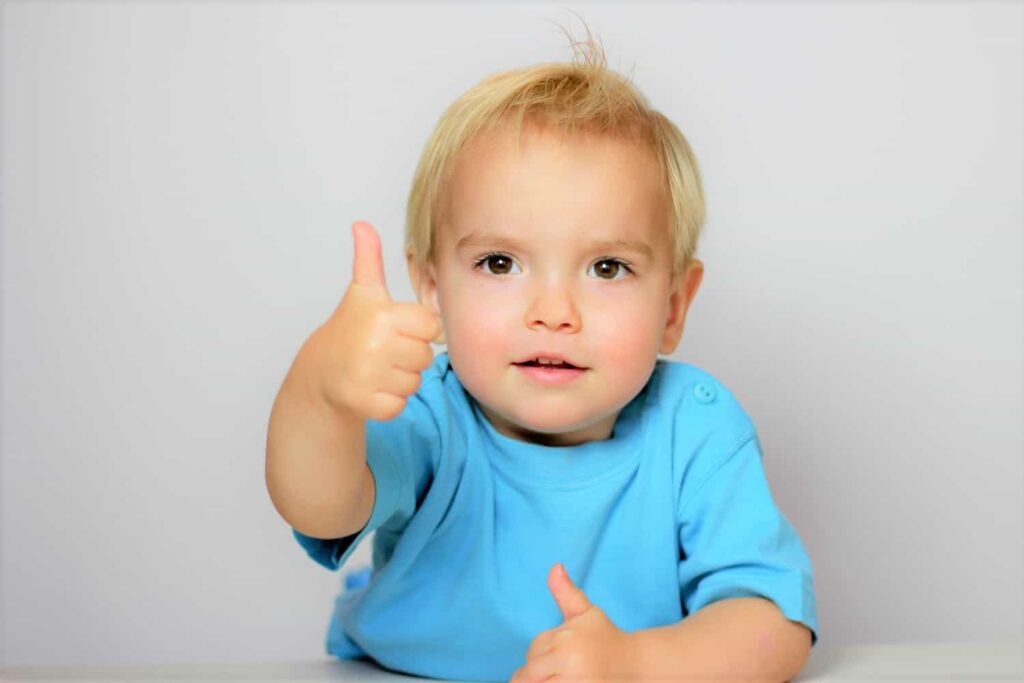Curriculum paths of Te Ara Whānui and Te Ara Māori
In 2023 a notice published in the Government Gazette introduced new requirements regarding the Curriculum Framework and its implementation which came into effect on May 1, 2024.
It is required that ngā kōhanga reo affiliated with Te Kōhanga Reo National Trust implement ngā kaupapa whakahaere, ngā taumata whakahirahira and te tauira whāriki (te katoa o te mokopuna) as set out in Part C of the Curriculum Framework.
And all other licensed ECE services and certified playgroups must must implement the principles | ngā kaupapa whakahaere, strands, goals and learning outcomes | ngā taumata whakahirahira of the Curriculum Framework and must choose to use either the interpretation set out in Part A or Part B of the Curriculum Framework.
The two parts are:
Te Ara Māori – this is the Māori path. In Te Ara Māori the principles, strands, goals and learning outcomes of Te Whāriki have been interpreted through a te ao Māori lens built from te ao Māori foundations.
Te Ara Whānui – this is the existing bicultural pathway in Te Whāriki: He whāriki mātauranga mō ngā mokopuna o Aotearoa Early Childhood Curriculum.
The Ministry of Education has said that Te Ara Māori is for Puna Reo, Māori medium and bilingual early childhood settings. And that, “all early childhood services that choose Te Ara Māori need to use a minimum of 50% of te reo Māori daily and will be able to sustain and ideally grow this over time.”
However, the notice published in the Government Gazette does not prohibit any other provider of licensed ECE from choosing Te Ara Māori as its curriculum pathway or interpretation, and consistently implementing it.
To appreciate and understand Te Ara Māori an understanding of te ao Māori and te reo Māori is necessary.
The Ministry of Education have made available a range of resources to support kaiako in their implementation of Te Ara Māori.
The Principles
The principles are the same in Te Ara Māori and Te Ara Whānui but the interpretations are different.
Whakamana -Empowerment
Te Ara Māori: “Mā Te Whāriki e whakatō te kaha ki roto i te mokopuna ki te ako, kia pakari ai tana tipu | Te Whāriki is critical to the foundation of lifelong learning for mokopuna”
Te Ara Whānui: “Mā te whāriki e whakatō te kaha ki roto i te mokopuna, ki te ako, kia pakari ai tana tipu | Early childhood curriculum empowers the child to learn and grow”
Kotahitanga – Holistic Development
Te Ara Māori: “Mā Te Whāriki e whakaata te kotahitanga o ngā whakahaere katoa mō te ako a te mokopuna, mō te tipu o te mokopuna | Te Whāriki reflects the holistic, interdependent nature of learning for mokopuna”
Te Ara Whānui: “Mā te whāriki e whakaata te kotahitanga o ngā whakahaere katoa mō te ako a te mokopuna, mō te tipu o te mokopuna | Early childhood curriculum reflects the holistic way children learn and grow”
Whānau tangata – Family and Community
Te Ara Māori: “Me whiri mai te whānau, te hapū, te iwi, me tauiwi, me ō rātou wāhi nohonga ki roto i Te Whāriki, hei āwhina, hei tautoko i te akoranga, i te whakatipuranga o te mokopuna | Mokopuna relate to the people and contexts that contribute to their learning and development”
Te Ara Whānui: “Me whiri mai te whānau, te hapū, te iwi, me tauiwi, me ō rātou wāhi nohonga ki roto i Te Whāriki, hei āwhina, hei tautoko i te akoranga, i te whakatipuranga o te mokopuna | Mokopuna relate to the people and contexts that contribute to their learning and development”
Ngā hononga – Relationships
Te Ara Māori: “Mā roto i ngā piringa, i ngā whakahaere i waenganui o te mokopuna me te katoa, e whakatō te kaha ki roto i te mokopuna ki te ako | Through connectedness to others, mokopuna gain confidence in their identity as a learner”
Te Ara Whānui: “Mā roto i ngā piringa, i ngā whakahaere i waenganui o te mokopuna me te katoa, e whakatō te kaha ki roto i te mokopuna ki te ako | Children learn through responsive and reciprocal relationships with people, places and things”
Some views and feedback
“We are a team of kaiako based in Tauranga Moana and, after making a goal to learn te reo Māori as a team, one of our biggest reflections was that you cannot have te reo Māori without also gaining an understanding or tikanga me ono te Ao Māori. Within this realisation was also the realisation that our pedagogy in our space is more suited to the Te Ara Māori pathway”
“We like how Te Ara Māori is so much more focussed on the child, the child’s spirit”
“I am a lecturer supporting tauira working towards their ECE teaching qualifications. Increasingly, when I visit my students on placement we engage in a discussion about the two different pathways. For many ākonga, it is new knowledge for them that they have two different pathways to follow and I am able to invite them to investigate this more and consider their own developing teaching philosophy in terms of the options available to them when implementing our curriculum”
